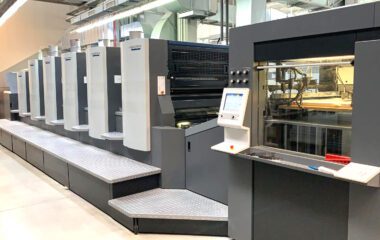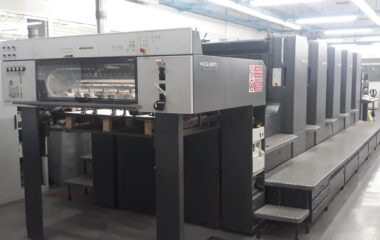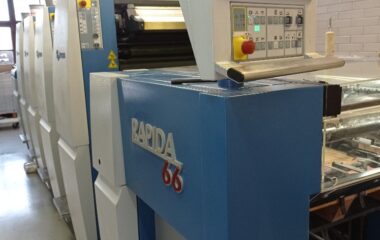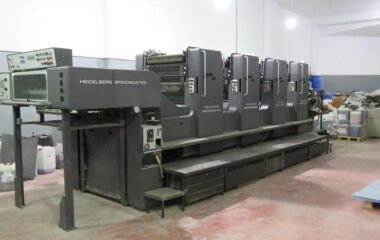






















Suspendisse vitae tellus non turpis suscipit pellentesque sed quis tortor. Sed auctor elit et felis varius eleifend. Cras gravida, ligula in imperdiet imperdiet, nisl justo iaculis nulla, non tincidunt purus neque sit amet turpis.
Foil Stamping
Standard Foils – Overview When a print project needs an elegant, non-tarnishing metallic finish to be applied to paper or a similar substrate, it’s easily accomplished using a process referred to as foil stamping or hot stamping. The reproduction of graphics such as logos, polished metal, or highlighted spot areas requiring a high quality reflective image can be effectively achieved by using foil films rather than metallic inks for the end result. Metallic inks, which are similar to standard printing inks, provide a subdued metallic appearance. The natural tendency of the ink to be absorbed into the stock contributes to a duller looking effect.
Foil stamping or hot stamping (as it is called when heat is applied) requires a metal plate with an engraved image. The plate strikes a foil film, transferring the foil coating from the roll film onto the substrate that is to be imprinted. The substrate then receives the high-density metallic finish, resulting in a reflective image with a bright and dense metallic appearance. A wide selection of foil colors, finishes, and effects are available such as gold, silver, and colored metallics; marble, leather, wood, snakeskin, and pearl finishes; and geometric multi-dimensional patterns.
Holograms – An Alternative to Standard Foil Colors
Holograms – An Alternative to Standard Foil Colors Another foil product for the hot stamp process is the hologram. A hologram is a 2 or 3- dimensional image developed photographically with the use of lasers as the light source and special optics to create the graphics or photo images. The image is transferred to special foil film ready to be stamped onto a selected material.
A random (wallpaper) hologram has a spectrum of color changes when viewed from several angles. The image above shows how the hologram appears in a stationary position. The hologram shown below represents how it appears to the human eye as it is moved.
Suspendisse aliquam finibus fringilla. Sed interd imperdiet. Morbi nec velit ut nunc posuere dapibus vel ut odio.